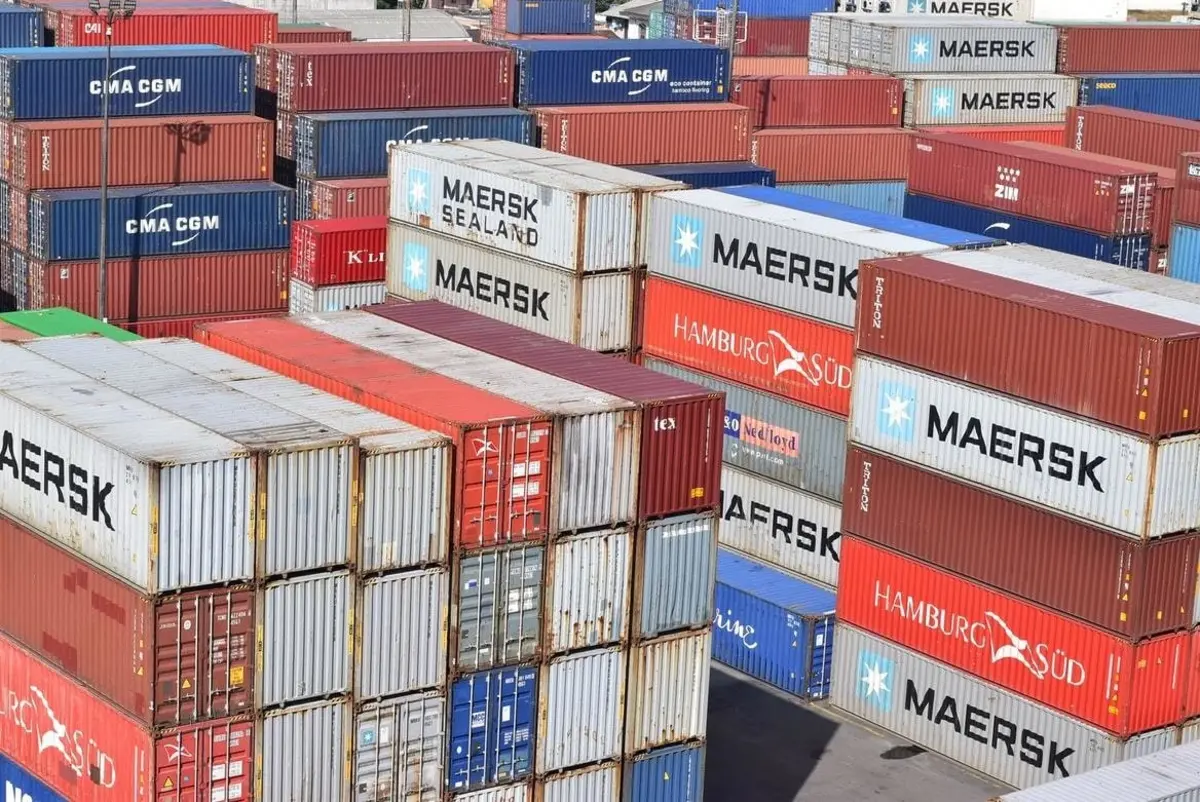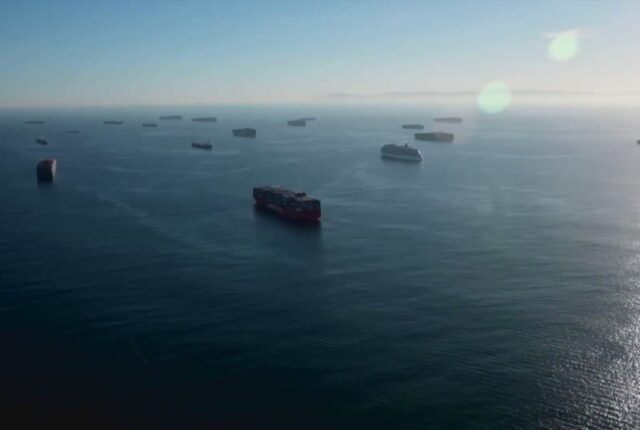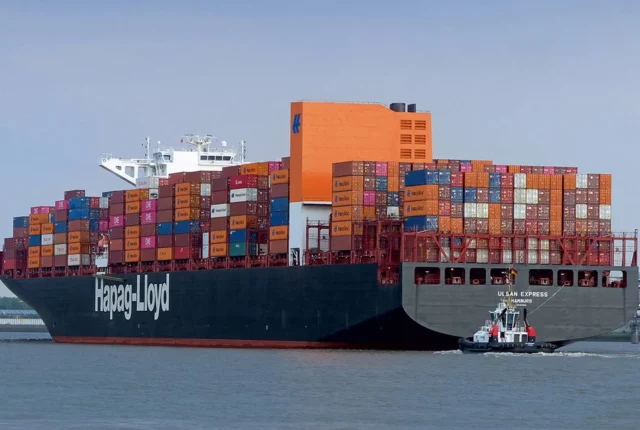
Container Placement Challenges Reach ‘Impossible’ Levels
Shippers and forwarders could find it “impossible” to position containers in the right place at the right time, as the global box shortage worsens.
The global dearth of containers has been threatening to disrupt shipping over the past few months, driven by Red Sea crisis diversions. But recently, it hit a crescendo as demand is exacerbated by shipping’s earlier-than-usual peak season.
Mirko Woitzik, global director of intelligence at Everstream Analytics, explained that shippers securing back-to-school and holiday goods earlier, more blank sailings out of Asia, little idle capacity, longer transit times around Africa, bad weather in Asia and a looming strike at US Gulf and east coast ports had all created the perfect storm for disruption.
“While the peak season normally takes place between June and September, the increase in rates and decrease in available capacity is causing shippers to attempt to lock down space earlier,” Mr Woitzik said.
Indeed, last week, ocean freight spot rates hit their highest level in 20 months.
Everstream Analytics congestion data found that the number of vessels waiting to call at the Chinese ports of Qingdao and Guangzhou had increased 20% week on week, the queue now at its highest level since at least the start of the year.
The daily average number of vessels at anchor last week in Qingdao reached around 55, up from 29 in the first week of January, while Guangzhou reported an average of around 102 vessels anchored daily, up from just over 60 in the first week of January.
And Everstream analytics predicted: “This will likely worsen in the coming weeks, due to several factors like the lack of available containers and further blank sailings,” .
Hans-Henrik Neilson, director of NVOCC Cargo Gulf, warned it was “impossible” to get containers in the right place at the right time.
“Our equipment management is out the window,” he said.
This week, Gavin van Marle, told the news in Brief that container shortages, port congestion and schedule reliability were all part of “the same knotty problem”.
“Diversions means longer sailing times, which means containers stay on the ship longer, which ultimately means more containers are needed, as well as more ships,” he explained.
“Additionally, the omission of the Suez transit has meant that the whole region has completely lost its direct coverage from the liner services. That means you’ve got a really big build-up of boxes in the West Mediterranean ports, which has created port congestion there.
“Because congestion holds up the return of empty boxes, that creates a shortage of boxes in Asia, which creates port congestion in Asia, then that tears up the schedule reliability of the ships now leaving Asia bound for Europe.
“It goes on and on, a vicious circular self-proclaimed prophecy,” added Mr van Marle.
And Mr Woitzik reminded that actions taken by carriers to mitigate transit times, such as opting to skip port calls or avoiding picking up empties, to keep vessels on schedule, were “reminiscent of those during the pandemic that caused global equipment imbalances”.
Source: Article






